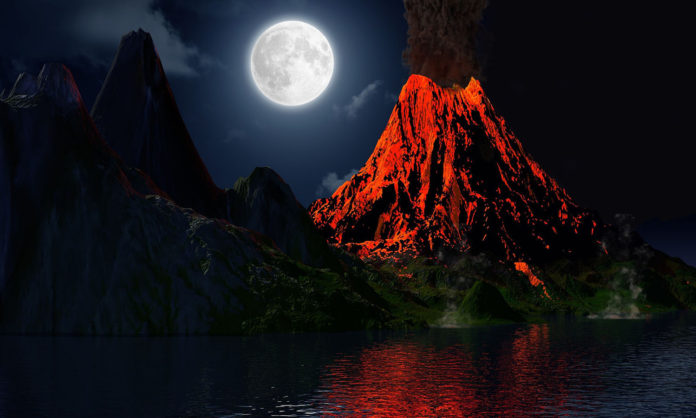
In a post on CrimeReads, R.J. Jacobs says that using natural disasters as a backdrop for a horror story heightens the tension and fear.
If you aren’t convinced, consider the desert setting in Tremors, the shark in Jaws, and the thunderstorm in Poltergeist. And those are the milder examples. “Natural disasters raise the stakes further,” Jacobs says. “A natural disaster is the ultimate break in a pattern, presenting novel, ferocious circumstances. And they’re amazing at creating perfect circumstances for fear to emerge.”
Natural disasters isolate people, Jacobs notes, as did the snowstorm in The Shining. “The storm removes the ability for others to help, or for the main characters to even signal for help, and forces them to reckon with the danger on their own.” They also obscure the senses and limit your characters’ mobility. In some cases, your characters can’t communicate with the outside world or each other. “When characters can’t see what’s going on around them and can’t call for help, fear escalates quickly,” Jacobs says.
Finally, natural disasters remind your characters that they have no control. “The best characters can do is adapt as natural disasters push them around,” Jacobs writes. “Severe weather has the power to stop the flow of usual, day-to-day life in its tracks and make every character in the story bent to its demands.”











